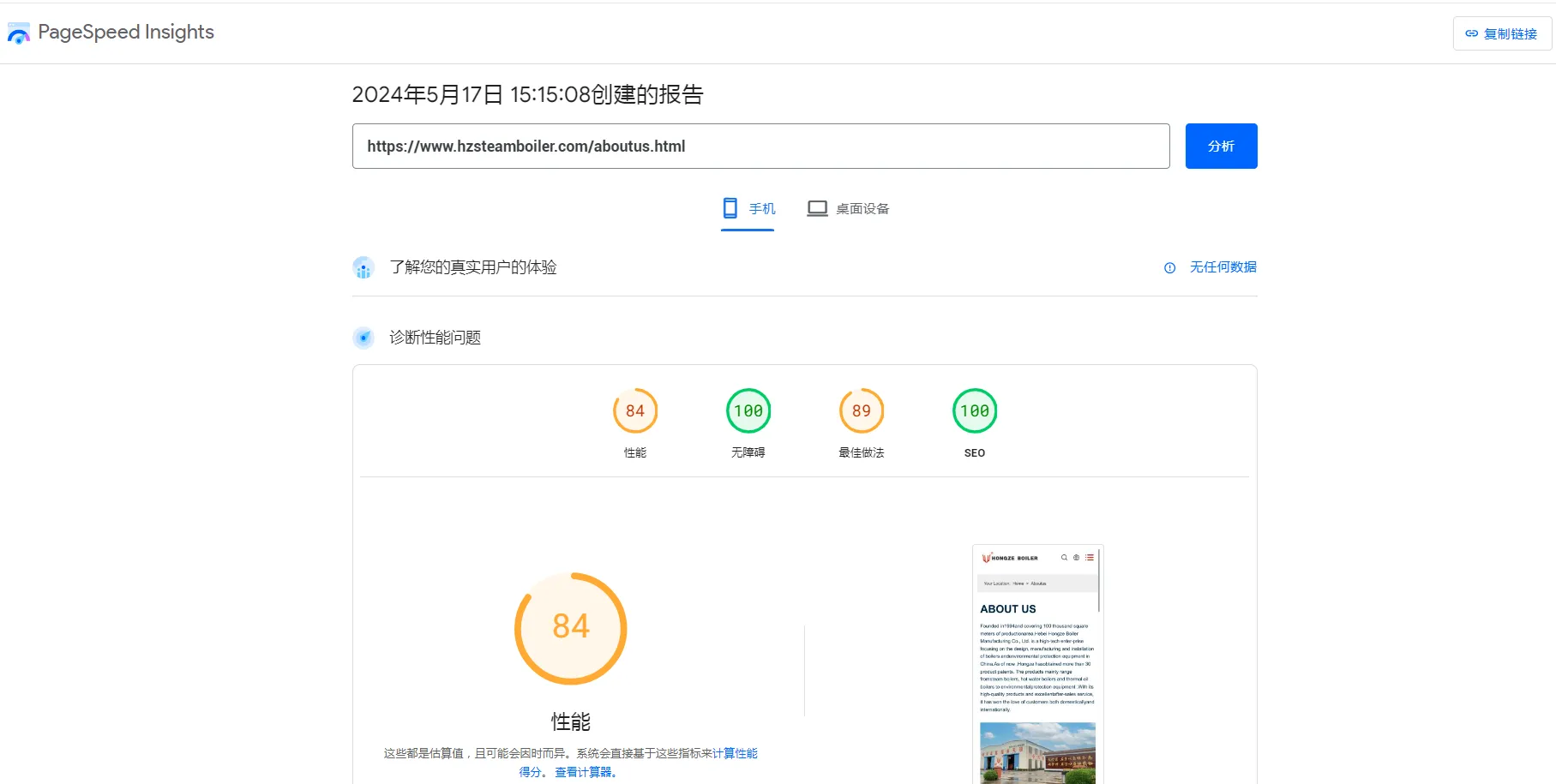-
Cangzhou Yulong Steel Co., Ltd.
-
Phone:
+86 13303177267 -
Email:
admin@ylsteelfittings.com
- English
- Arabic
- Italian
- Spanish
- Portuguese
- German
- kazakh
- Persian
- Greek
- French
- Russian
- Polish
- Thai
- Indonesian
- Vietnamese
- Zulu
- Korean
- Uzbek
- Hindi
- Serbian
- Malay
- Ukrainian
- Gujarati
- Haitian Creole
- hausa
- hawaiian
- Hebrew
- Miao
- Hungarian
- Icelandic
- igbo
- irish
- Japanese
- Javanese
- Kannada
- Khmer
- Rwandese
- Afrikaans
- Albanian
- Amharic
- Armenian
- Azerbaijani
- Basque
- Belarusian
- Bengali
- Bosnian
- Bulgarian
- Catalan
- Cebuano
- China
- China (Taiwan)
- Corsican
- Croatian
- Czech
- Danish
- Esperanto
- Estonian
- Finnish
- Frisian
- Galician
- Georgian
- Kurdish
- Kyrgyz
- Lao
- Latin
- Latvian
- Lithuanian
- Luxembourgish
- Macedonian
- Malgashi
- Malayalam
- Maltese
- Maori
- Marathi
- Mongolian
- Myanmar
- Nepali
- Norwegian
- Norwegian
- Occitan
- Pashto
- Dutch
- Punjabi
- Romanian
- Samoan
- Scottish Gaelic
- Sesotho
- Shona
- Sindhi
- Sinhala
- Slovak
- Slovenian
- Somali
- Sundanese
- Swahili
- Swedish
- Tagalog
- Tajik
- Tamil
- Tatar
- Telugu
- Turkish
- Turkmen
- Urdu
- Uighur
- Welsh
- Bantu
- Yiddish
- Yoruba

Dec . 25, 2024 07:23 Back to list
ansi flange types
Understanding ANSI Flange Types A Comprehensive Guide
Flanges are crucial components in piping systems, providing a means to connect pipes, valves, pumps, and other equipment. They are essential in various industries, including oil and gas, chemical manufacturing, and water treatment. Among the different flange standards used in the industry, the American National Standards Institute (ANSI) flanges are widely recognized for their robustness and reliability. This article delves into ANSI flange types, their applications, and selection criteria.
What Are ANSI Flanges?
ANSI flanges are standardized flanges defined by the American National Standards Institute. The ANSI/ASME B16.5 standard outlines the specifications for flanges with nominal pipe sizes ranging from 1/2 inch to 24 inches. These flanges come in various pressure ratings, typically classified as Class 150, Class 300, Class 600, and so on, reflecting their ability to handle different pressure levels.
ANSI flanges are typically made from several materials, including carbon steel, stainless steel, and alloy steel, making them suitable for a wide range of applications. The choice of material often depends on the specific requirements, including temperature, pressure, and the fluid being transported.
Types of ANSI Flanges
There are several ANSI flange types, each designed for specific applications. Here are some of the most common types
1. Slip-On Flange (SO) This type of flange is slipped over the pipe's end and then welded on both sides. Slip-on flanges are easy to align and are often used in less critical applications.
2. Weld Neck Flange (WN) Weld neck flanges have a long neck that gradually transitions to the pipe, allowing for a strong weld joint. These flanges are often used in high-pressure applications due to the strength they provide.
3. Blind Flange A blind flange is a solid disc with no hole, primarily used to seal the end of a piping system or to close off a vessel. They are effective in preventing leakage and are often used in pressure control systems.
4. Threaded Flange This flange type has internal threads allowing it to be screwed onto a pipe. Threaded flanges are suited for quick assembly and disassembly but are generally limited to lower pressure applications.
ansi flange types

5. Socket Weld Flange Socket weld flanges are designed to fit over the pipe and are welded on the outside. They are commonly used for high-pressure applications and provide a strong connection with good flow characteristics.
6. Lap Joint Flange This flange relies on a stub end for connection, allowing for easy alignment and disassembly. Lap joint flanges are useful when frequent dismantling is required.
Selection Criteria for ANSI Flanges
When selecting ANSI flanges for a project, several factors must be considered
1. Pressure and Temperature Ratings Understanding the system's operating pressure and temperature is crucial for selecting the appropriate flange type and pressure class.
2. Material Compatibility The material of the flange must be compatible with the fluid being transported. Corrosive substances, for instance, necessitate the use of corrosion-resistant materials like stainless steel.
3. Connection Type The choice between welded, threaded, or flange types depends on the system's flexibility and maintenance needs. For systems that require frequent access, threaded or lap joint flanges are preferable.
4. Standards and Regulations It's vital to adhere to industry standards and regulations when selecting flanges for compliance and safety.
5. Cost Considerations While upfront costs are essential, long-term reliability and maintenance costs should also be taken into account when making flange selections.
Conclusion
Understanding ANSI flange types is vital for anyone involved in piping system design and maintenance. The right flange selection can significantly impact the system's performance and longevity. By considering factors like pressure ratings, material compatibility, and application requirements, engineers and designers can ensure the integrity and efficiency of piping systems across various industries.
Latest news
-
ANSI 150P SS304 SO FLANGE
NewsFeb.14,2025
-
ASTM A333GR6 STEEL PIPE
NewsJan.20,2025
-
ANSI B16.5 WELDING NECK FLANGE
NewsJan.15,2026
-
ANSI B16.5 SLIP-ON FLANGE
NewsApr.19,2024
-
SABS 1123 FLANGE
NewsJan.15,2025
-
DIN86044 PLATE FLANGE
NewsApr.19,2024
-
DIN2527 BLIND FLANGE
NewsApr.12,2024
-
JIS B2311 Butt-Welding Fittings LR/SR 45°/90° /180°Seamless/Weld
NewsApr.23,2024











